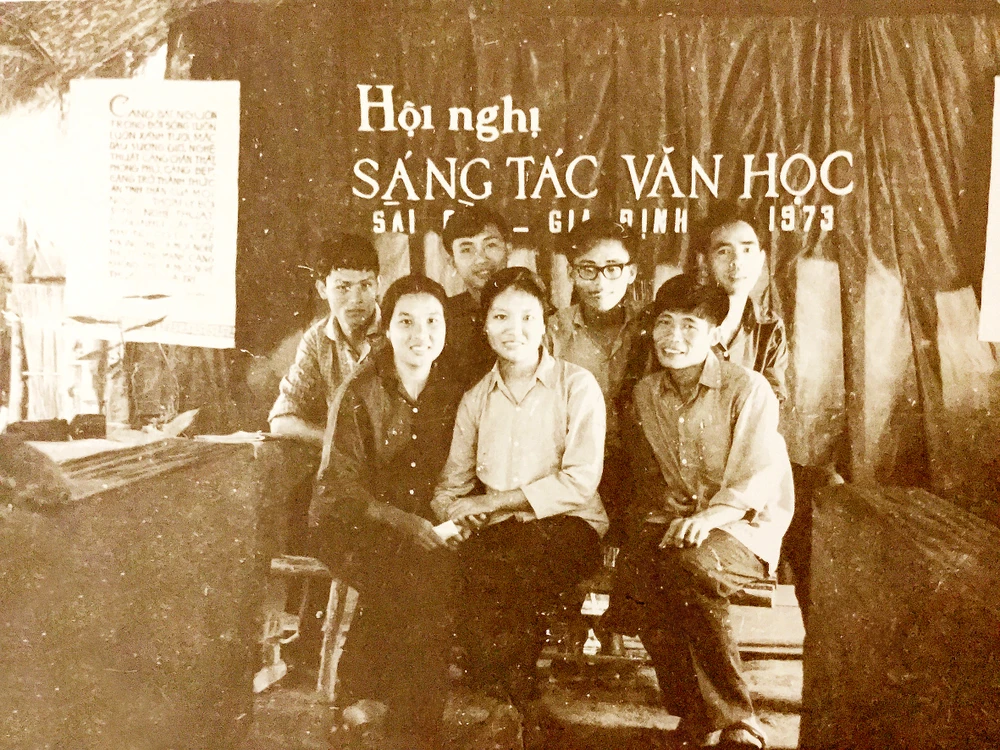
Editor's note: Inheritance and continuity are prominent characteristics that have contributed to creating a continuous flow over the past 50 years, or longer if calculated according to the milestone of more than 320 years of formation of Saigon - Gia Dinh - Ho Chi Minh City of Ho Chi Minh City literature. From the generation of writers from the war zone who returned to the city after the liberation of the South and the reunification of the country, Ho Chi Minh City saw the emergence of a golden generation that left a prominent mark on the literary world until today.

The milestone of April 30, 1975 created a strong mark and change not only in the flow of national history but also in all fields, including the literature of the land that today bears the name of the beloved leader of the nation - Ho Chi Minh City (HCMC). The special convergence of literary talents from the forces that returned from the North, to the forces that came from the war zone, and also the prominent faces of the local literary scene, has created a unique literary appearance for HCMC.
The mark of Liberation Literature
When mentioning the imprint of Ho Chi Minh City literature in the early years after liberation, we cannot help but mention the role of the Liberation Literature newspaper - a continuing source, gathering writings and prominent names from the war zone, contributing to shaping the literary flow of Ho Chi Minh City perhaps until today.
We met poet Hoai Vu (89 years old, currently residing in Binh Trung Tay ward, Thu Duc city, Ho Chi Minh city), a rare remaining member of the generation of artists who returned from the war zone, who used to work at the Liberation Literature and Arts Newspaper. According to poet Hoai Vu, on July 15, 1961, the Liberation Literature and Arts Association was established, and the Liberation Literature and Arts Newspaper was also formed at this time. In 1963, from the North, he and a number of artists crossed Truong Son to the South. After nearly 4 months, he arrived at the Central Bureau, where he became a war correspondent for the Liberation Literature and Arts Newspaper at the Duong Minh Chau base ( Tay Ninh ).
After the victory of April 30, 1975, most of the forces, including the artists in the war zone, were present in the city. In May 1975, the team to produce the Liberation Literature and Arts Newspaper was urgently established, with the editorial office located at 190 Cong Ly Street (now Nam Ky Khoi Nghia Street). Poet Hoai Vu (at that time Editor-in-Chief of the Liberation Literature and Arts Newspaper, later Deputy Editor-in-Chief of the Saigon Liberation Newspaper) recalled that at that time, he and everyone else received a task from Mr. Tran Bach Dang (at that time Deputy Head of the Propaganda Department of the Central Office for Southern Vietnam): "At any cost, the Liberation Literature and Arts Newspaper must be published in May."
However, due to the difficult conditions at that time, it was not until May 28, 1975 that issue 49 of the Liberation Literature and Arts Newspaper was printed. The newspaper was 24 pages thick, with a picture of Uncle Ho waving his hand on the cover, along with a series of extremely valuable articles: The prosperous era of genuine literature and art begins by Mr. Tran Bach Dang (signed as Tran Quang); poems by: To Huu, Giang Nam, Thu Bon, Chim Trang, Huy Can, Xuan Dieu, Te Hanh, Che Lan Vien; memoirs by: Nguyen Van Bong, Thep Moi, Phan Tu...
“That was a very special issue with the participation of many artists from both the South and the North. At that time, artists from the North sent articles to celebrate the revolution of the complete liberation of the South. In my career as a journalist, I have never had the happiness of journalism like when I worked for the Liberation Literature and Arts Newspaper. The first issue printed 100,000 copies, and the following issues maintained the same circulation. The newspaper was distributed in the South and the North, creating a huge buzz,” poet Hoai Vu shared.
The Liberation Literature and Arts Newspaper operated vigorously and vigorously, becoming one of the main forums of the literary world at that time. In 1977, the newspaper merged with the Central Literature and Arts Newspaper. After 16 years of establishment and development, the Liberation Literature and Arts Newspaper has gathered a large number of authors with many quality works, reflecting a heroic period of the nation's history.
Writer Thach Cuong (87 years old, real name Dang Duc Thuong) is also a rare survivor of the generation of writers and artists who returned from the war zone. After 1975, he worked at the Liberation Literature Newspaper as Head of the Prose Department. Until now, in the house next to Hanh Thong Tay market (Go Vap district, Ho Chi Minh City), writer Thach Cuong still keeps the Liberation Literature Newspaper printed in 1976 as a treasure. Flipping through these old pages, we can see that in the early years after liberation, when the city was still facing many difficulties, a generation of writers and poets stood side by side with the city, together holding pens and creating valuable works.
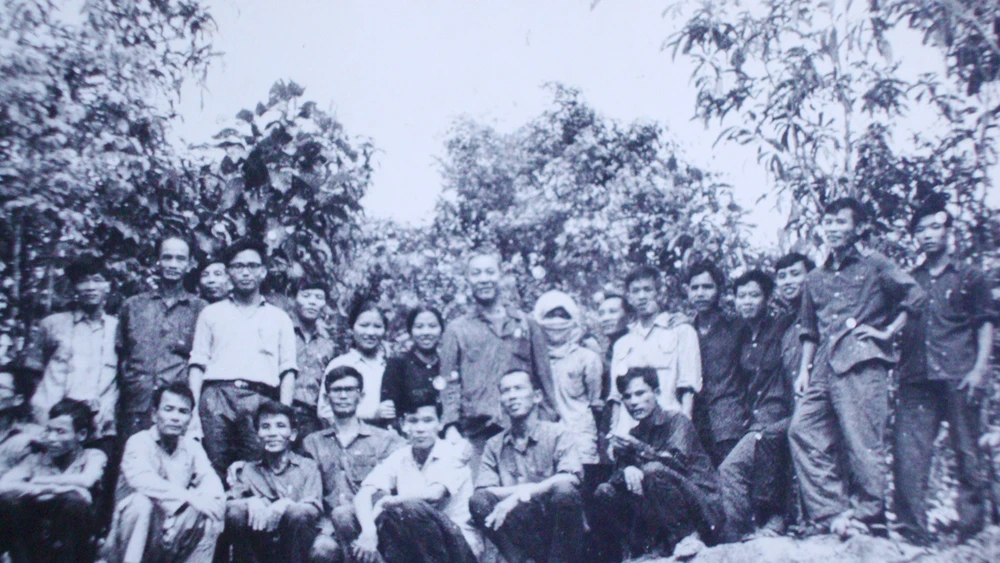
Convergence of rich resources
In the early years after liberation, when the city was still facing many difficulties, a generation of writers and poets stood side by side with the city, adapted to the new life to write and create valuable works. That was also a way to contribute to the young city. Thanks to that, during this period, Ho Chi Minh City literature was truly vibrant when it gathered rich resources: from the forces returning from the North such as Nguyen Quang Sang, Anh Duc, Bao Dinh Giang, Che Lan Vien, Tran Thanh Dam, Tran Thanh Giao... to the forces returning from the war zone such as Chim Trang, Vien Phuong, Giang Nam, Hoai Vu, Le Van Thao, Duong Trong Dat, Vu An Thy, Tran Thi Thang...; plus local forces such as Son Nam, Vu Hanh, Binh Nguyen Loc...
This convergence has brought many works that have attracted public attention such as: The Wave Region (Anh Duc), The Faraway Child (Nguyen Quang Sang), Portrait of a Foreman (Nguyen Hieu Truong - Tran Bach Dang), Homeland Tunnels (Vien Phuong), End of Year Meeting (Nguyen Khai), Flipped Cards (Nguyen Truong Thien Ly - Tran Bach Dang)... In addition, a strong team of theoretical critics has been formed. Many works by authors Le Dinh Ky, Tran Thanh Dam, Mai Quoc Lien, Tran Trong Dang Dan, Tran Huu Ta... closely follow the breath of Ho Chi Minh City literature during this period, and have received attention from readers.
Associate Professor, Dr. Vo Van Nhon, Vice Chairman of the Council of Theory and Criticism - Ho Chi Minh City Writers Association, recalls the feeling of excitement when reading poems, novels, and short stories by writers during this period such as Nguyen Quang Sang, Anh Duc, Giang Nam, Vien Phuong, Le Van Thao... Among them, the most impressive were poet Che Lan Vien with poetry collections such as Great Day, Flowers before the Mausoleum of the Person, Strip of land and sky; writer Nguyen Khai with works such as End of Year Meeting, Time of the Person and writer Nguyen Quang Sang with works rich in dramatic and cinematic qualities.
“They brought a new and impressive look to Ho Chi Minh City literature during this period. It was their works that helped readers believe in the revolution and in life. The works of this generation contributed to giving Ho Chi Minh City literature a new color. In addition, they were also the foundation for us to have a young, dynamic generation with Nguyen Dong Thuc, Ly Lan, Le Thi Kim, Pham Thi Ngoc Lien, Nguyen Nhat Anh, Bui Chi Vinh, Cao Vu Huy Mien, Pham Sy Sau…”, Associate Professor, Dr. Vo Van Nhon added.
With their contributions, many writers and poets of Ho Chi Minh City have been honored by the Party and the State with prestigious awards such as the Ho Chi Minh Prize for names such as Tran Van Giau, Tran Huu Trang, Che Lan Vien, Nguyen Khai, Anh Duc, Nguyen Quang Sang, Nguyen Thi, Le Van Thao; or the State Prize for authors such as Vien Phuong, Ly Van Sam, Giang Nam, Tran Bach Dang, Bao Dinh Giang, Le Vinh Hoa, Thu Bon, Le Dinh Ky, Le Anh Xuan, Le Van Thao, Vu Thi Thuong, Vu Hanh, Le Ngoc Tra, Luu Trung Duong, Chim Trang, Mai Quoc Lien, Tran Van Tuan, Ngo Y Linh, Le Duy Hanh, Minh Khoa, Phi Hung...
A special mark of Ho Chi Minh City literature in the early years of the liberation of the South and the reunification of the country was the birth of the Literature and Poetry publication issued by the Liberation Literature and Arts Association in January 1977. This was the first time there was a publication that gathered the creative forces of Ho Chi Minh City at that time as a gift to celebrate the 4th National Congress of the Communist Party of Vietnam (held in December 1976). The publication printed 10,000 copies, marking an event of "that nostalgic beginning" for literature lovers in Ho Chi Minh City.
Source: https://www.sggp.org.vn/dong-chay-van-chuong-tphcm-cuoc-hop-luu-cua-nhung-tai-nang-post794688.html



![[Photo] Prime Minister Pham Minh Chinh receives Rabbi Yoav Ben Tzur, Israeli Minister of Labor](https://vphoto.vietnam.vn/thumb/1200x675/vietnam/resource/IMAGE/2025/5/21/511bf6664512413ca5a275cbf3fb2f65)
![[Photo] Prime Minister Pham Minh Chinh attends the groundbreaking ceremony of Trump International Hung Yen Project](https://vphoto.vietnam.vn/thumb/1200x675/vietnam/resource/IMAGE/2025/5/21/ca84b87a74da4cddb2992a86966284cf)
![[Photo] Determining the pairs in the team semi-finals of the National Table Tennis Championship of Nhan Dan Newspaper](https://vphoto.vietnam.vn/thumb/1200x675/vietnam/resource/IMAGE/2025/5/21/eacbf7ae6a59497e9ae5da8e63d227bf)
![[Photo] Scientific workshop "Building a socialist model associated with socialist people in Hai Phong city in the period of 2025-2030 and the following years"](https://vphoto.vietnam.vn/thumb/1200x675/vietnam/resource/IMAGE/2025/5/21/5098e06c813243b1bf5670f9dc20ad0a)

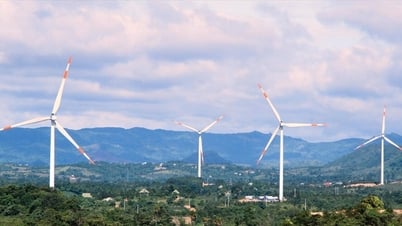

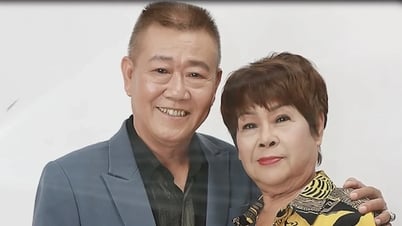

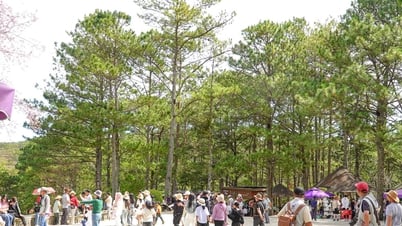
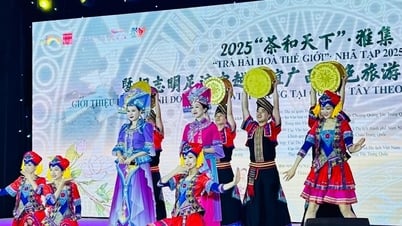
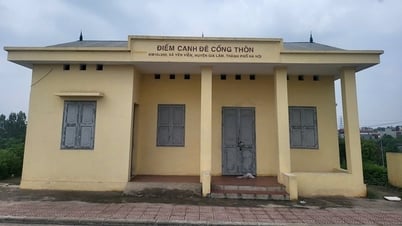
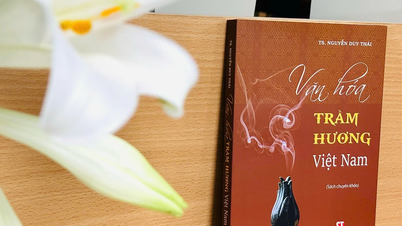





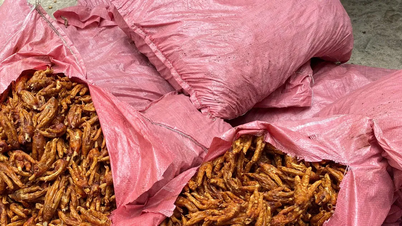

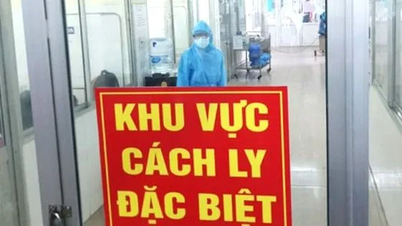
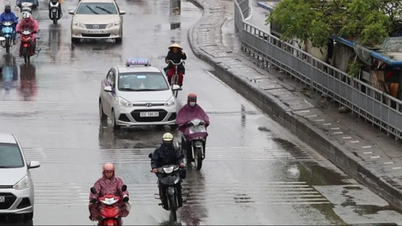
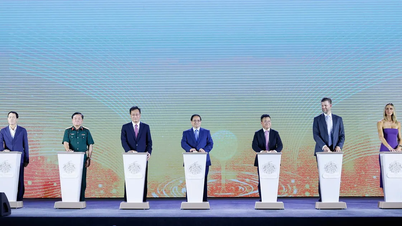
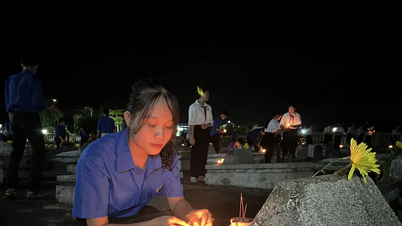
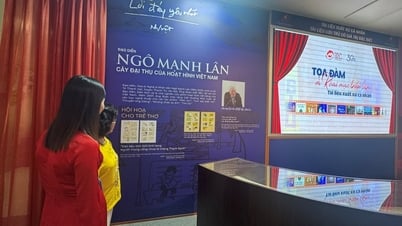































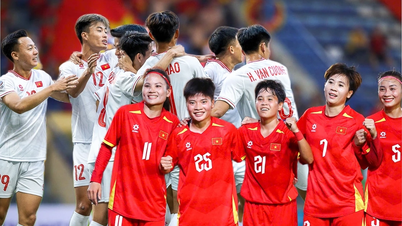

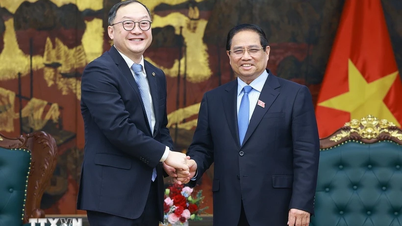

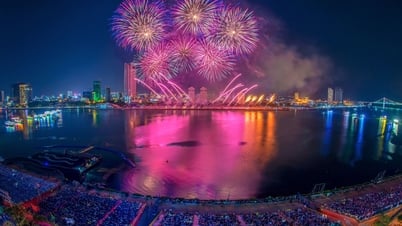

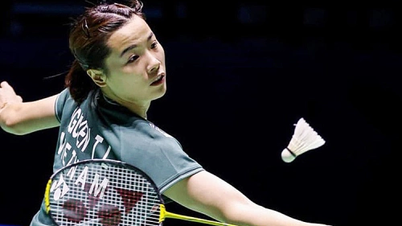

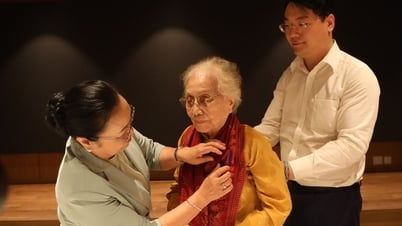

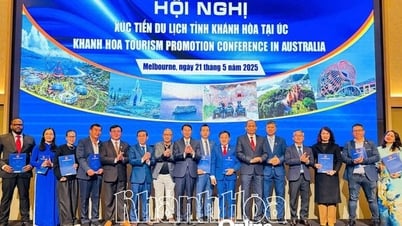
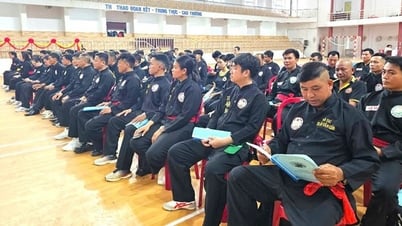
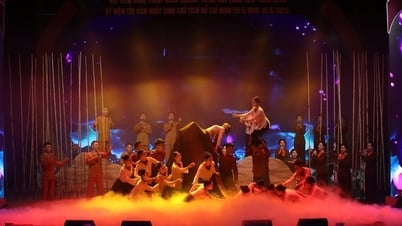




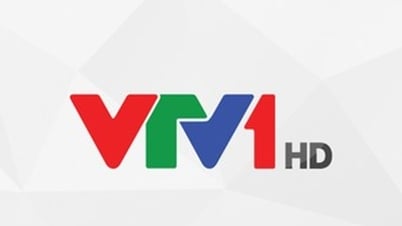
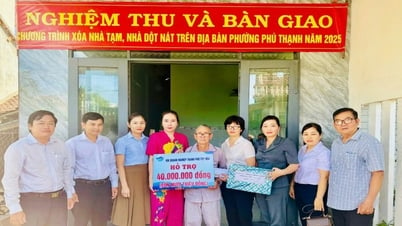

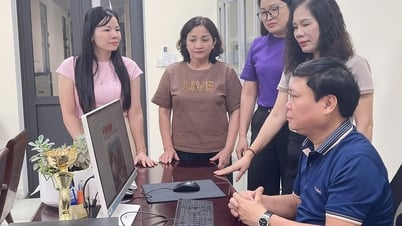

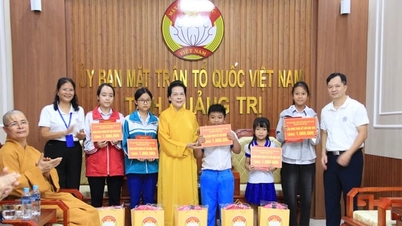

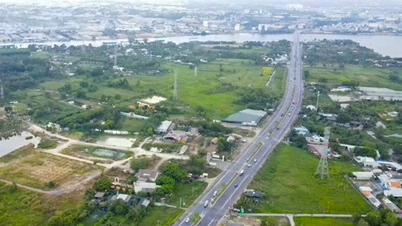












Comment (0)